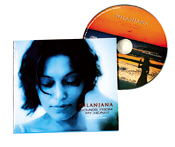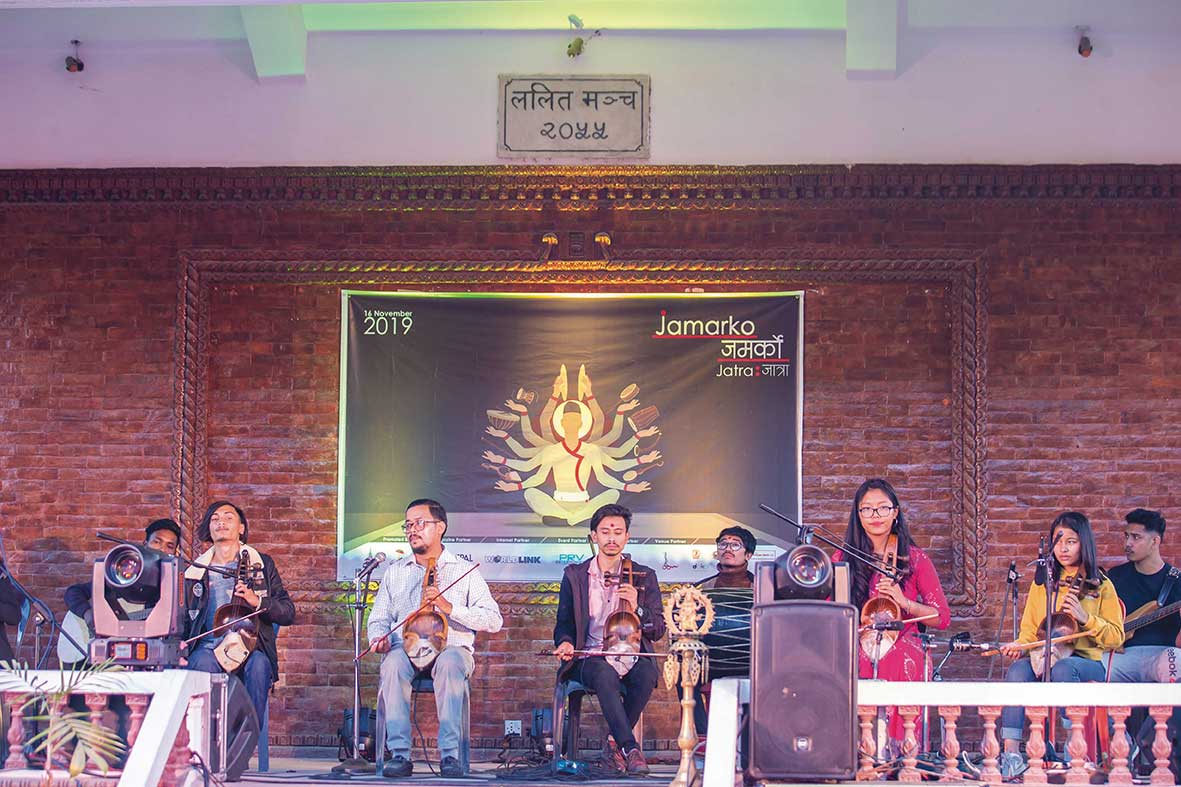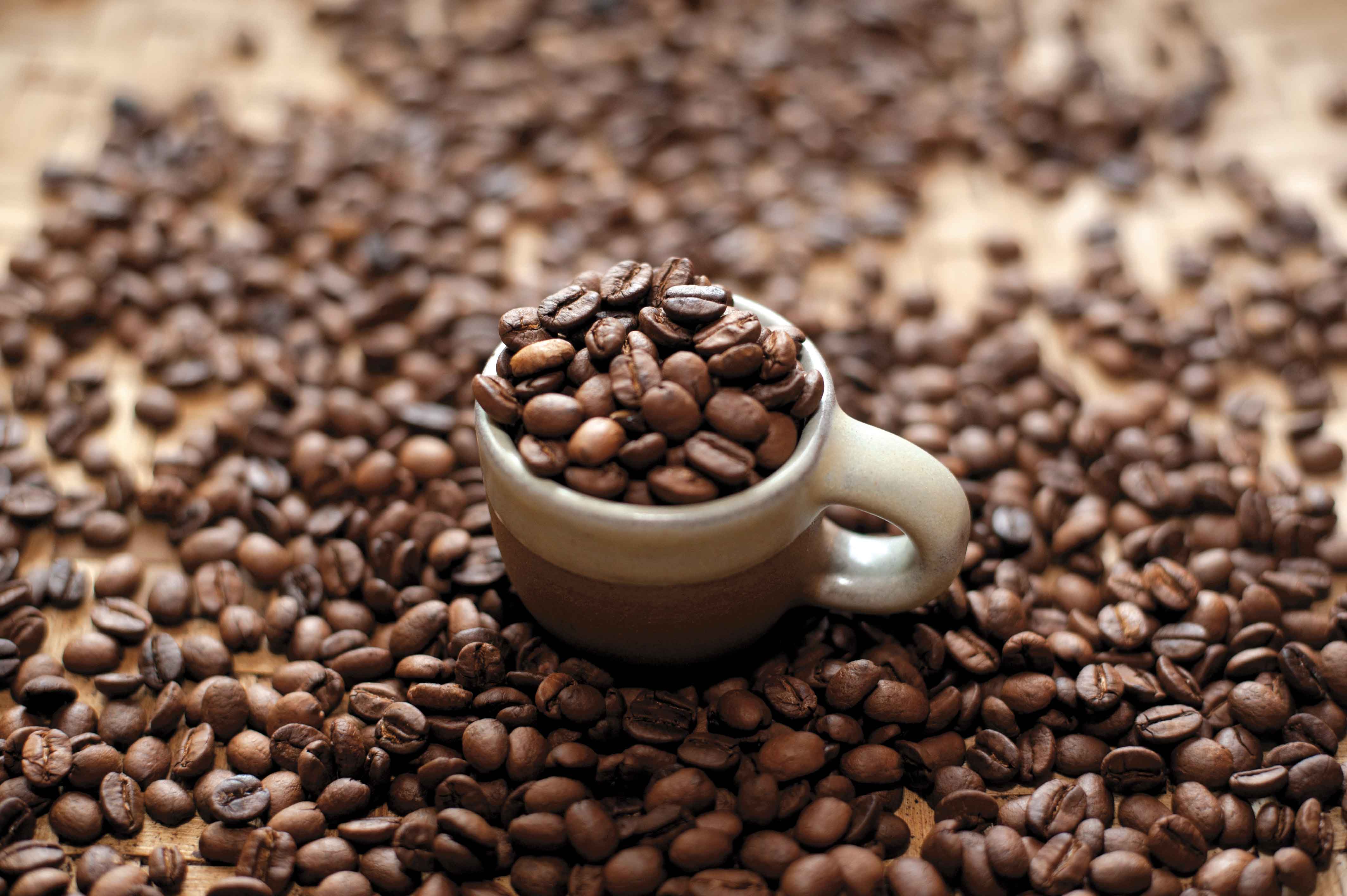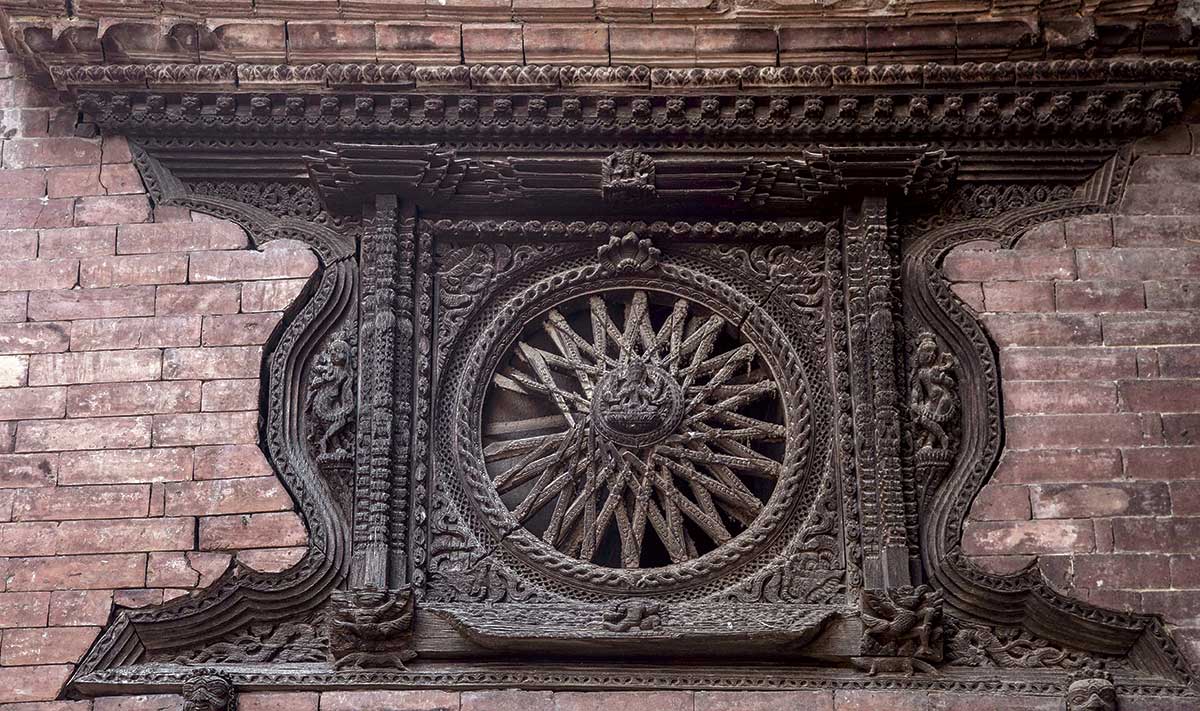We’ve had enough of the usual, trite pop albums, with a bland-at-best singer lamenting over their cloying love stories or heartbreaks. It’s easy to assume Nilanjana Bhattacharya’s debut, Sounds From My Heart, runs along the same line, with similar pop backdrop and clichéd lyrics. But it doesn’t.
 Composed by Nhyoo Bajracharya, with most of the lyrics by Durga Lal Shrestha, it is actually Nilanjana’s mellifluous voice that creates the spark. It is the reason why we get hooked to her songs. She has a strong command over her voice, with ranges from classical to modern pop. This is apparent in her songs as she experiments with soft rock in Mayako Kura (Love Stories), or the more spiritual Ke thaha malai(What do I know?) and Aau haraun(Come, Let’s hide). While listening to her songs, one may also unfairly compare her voice with the eminent Ani Choying Dolma.
Composed by Nhyoo Bajracharya, with most of the lyrics by Durga Lal Shrestha, it is actually Nilanjana’s mellifluous voice that creates the spark. It is the reason why we get hooked to her songs. She has a strong command over her voice, with ranges from classical to modern pop. This is apparent in her songs as she experiments with soft rock in Mayako Kura (Love Stories), or the more spiritual Ke thaha malai(What do I know?) and Aau haraun(Come, Let’s hide). While listening to her songs, one may also unfairly compare her voice with the eminent Ani Choying Dolma.
But make no mistake; Nilanjana is in a class of her own. Her singing resonates deeply with a surreal, play-back quality, with a therapeutic tenor which flows like a serene river. Her genre of music is also different, as she has ventured into a con-temporary/pop genre of Nepali music, which has further added to her status as a superb singer.
And much of the credit to that genuine feel goes to the talented duo of Nhyoo Bajracharya and lyricist Durga Lal Shrestha. Along with one song from Basant Chaudhary and two from Karun Thapa, the words are strong; conveying wide interpretations of varying moods, from first love coyness in Aina bhanera herchu (reflecting at the mirror) to first fights with your love in Timilai herun(gazing at you).
Bajracharya deserves kudos for creating music which is tranquil and beautiful in every pos-sible way. His masterly use of traditional Nepali instruments like the Basuri (Flute) lends the music a melancholic and soulful Nepali feel which is a pleasure to listen to. His music is as simple and effortless as it is evocative and meaningful. But, Bajracharya could do with adding a bit of variety to his compositions, as listeners may find his music repetitive when compared to his previous compositions. With ten songs in the album, it would have been a little more refreshing to hear music that didn’t limit themselves to the same context, style or tempo. Nevertheless, Bajracharya does give his signature touch to every piece, with a masterly blend of contemporary, soft rock and classical music.










